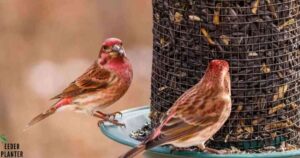No doubt water is crucial for all living things. So the shortage or excessive water is also harmful for every living thing. A proper schedule is important to compensate for the shortage of water.
You should have the proper knowledge to water your grass. Here I will guide you fully about How Often To Water Grass Seed? It seems it is easy to water the grass but it might ruin your beautiful grass. Water to new grass seed just requires a simple investment of time.
There are two ways of watering the grass. First one is that If you did not provide enough water to the grass seed it might kill the grass. And the other one is that too much water will not give good results as per the requirement of grass seed. So it means to say you should have proper knowledge.
Watering to newly Grass Seed
Watering newly planted grass seed is generally not harmful; in fact, it’s crucial for the germination and establishment of the grass. However, improper watering practices can be detrimental to the success of the grass seedlings.
Here are some guidelines for watering newly planted grass seed:
Consistent Moisture: Keep the soil consistently moist but not waterlogged. Watering lightly and frequently is often more effective than heavy, infrequent watering.
Initial Watering: Water the area immediately after seeding to ensure good seed-to-soil contact. This is crucial for germination.
Seedbed Drying: Avoid letting the seedbed dry out completely. Germinating grass seed and young seedlings are vulnerable to drying out, and this can hinder their growth.
Shallow Watering: New grass seed has shallow roots initially, so watering should be done gently to avoid displacing the seeds or seedlings.
Negative impact of watering newly Grass seed
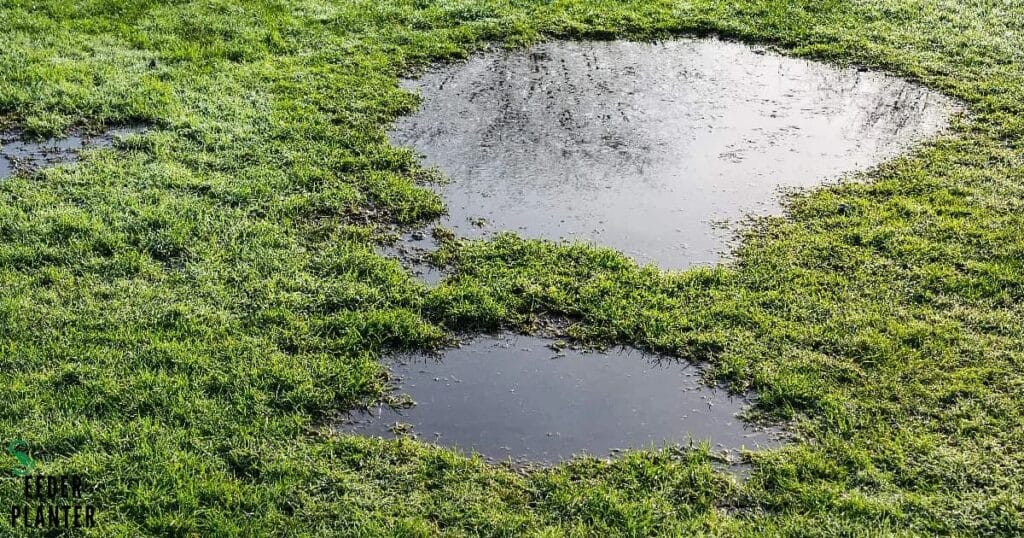
It also leads to negative impact. Here are some potential drawbacks:
- Overwatering
- Uneven Watering
- Surface Runoff
- Shallow Root Development
- Disease Development
- Weed Growth
Overwatering
Too much water can lead to waterlogged soil, which deprives the emerging grass seedlings of oxygen. Overwatering can also encourage the development of fungal diseases, root rot, and other issues.
Uneven Watering
Inconsistent or uneven watering can result in uneven germination and growth. Some areas may become oversaturated, while others may dry out, leading to patchy or sparse grass coverage.
Surface Runoff
Watering too quickly or too much at once can cause surface runoff, washing away seeds and soil. This can lead to poor seed-to-soil contact, hindering germination and establishment.
Shallow Root Development
If the soil is consistently kept too wet, grass seedlings may develop shallow roots. This can make the grass more susceptible to stress during dry periods and less resilient overall.
Disease Development
Excessive moisture can create a favorable environment for the development of fungal diseases. This is particularly true if the grass remains wet for extended periods, especially in humid conditions.
Weed Growth
Overly wet conditions can encourage the growth of weeds, which may compete with the grass seedlings for nutrients and sunlight.
To avoid these negative impacts, it’s important to follow proper watering practices. Water the newly seeded area enough to keep the soil consistently moist but not waterlogged. Monitor the soil moisture regularly and adjust your watering schedule based on weather conditions. It’s generally better to water more frequently with lighter amounts rather than infrequently with heavy watering.
How Long to Water New Grass Seed
Water new grass seed daily for about 5-10 minutes until germination, keeping the soil consistently moist. Adjust based on weather conditions and avoid overwatering, as it can lead to issues like fungal diseases and shallow root development.
How to water grass during a drought
During a drought, water grass deeply and infrequently to encourage deep root growth. Water early in the morning or late in the evening to minimize evaporation. Use a soaker hose or drip irrigation for efficient water delivery, and consider mulching to retain soil moisture.
Improving water retention so you can water less frequently
Improving water retention in soil can help plants access moisture for a longer duration, reducing the need for frequent watering. Here are four major factors that contribute to enhanced water retention:
Organic Matter Content
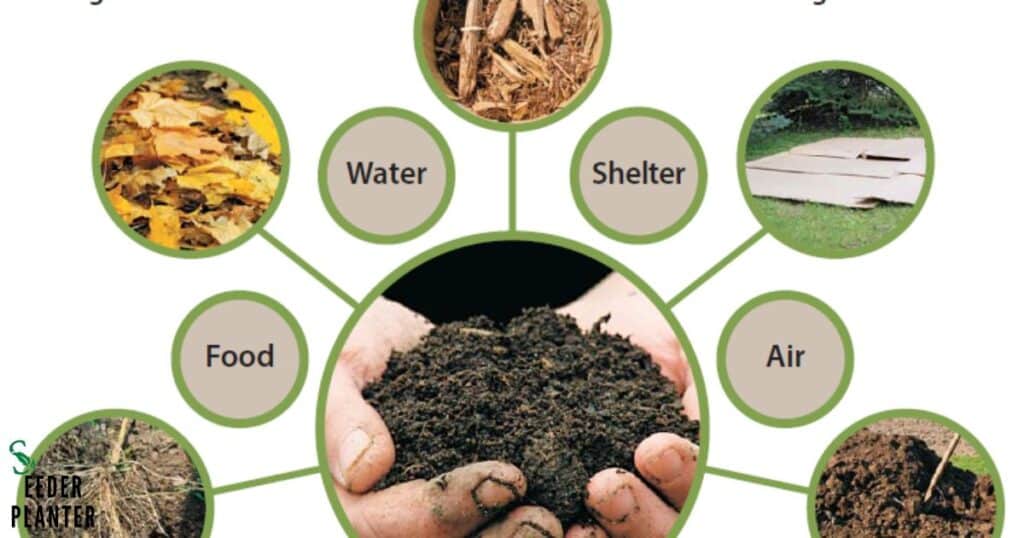
Explanation: The presence of organic matter, such as compost or well-rotted manure, improves soil structure and water retention. Organic matter acts like a sponge, holding onto water and preventing rapid drainage.
Action: Incorporate organic amendments into the soil to increase its organic matter content. This could involve adding compost, aged manure, or other organic materials during soil preparation.
Soil Structure
Explanation: Soil structure refers to the arrangement of soil particles. Well-structured soils with good aggregation allow for better water retention. Soil that has good structure provides pore spaces for water to be held and prevents excessive drainage.
Action: Avoid compaction of the soil by minimizing foot traffic or heavy machinery on the gardening area. Additionally, consider using cover crops or green manure to improve soil structure.
Mulching
Explanation: Mulching involves covering the soil surface with a layer of organic or inorganic material. Mulch helps to reduce evaporation, suppress weeds, and maintain a more consistent soil moisture level.
Action: Apply a layer of organic mulch, such as straw, wood chips, or shredded leaves, around plants. This helps to retain soil moisture by reducing water loss through evaporation and inhibiting weed growth.
Watering Techniques
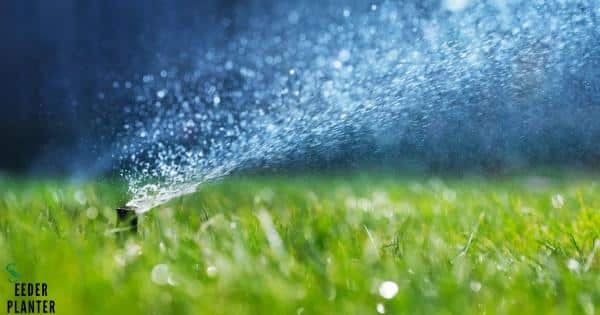
Explanation: The way you water can influence water retention. Deep, infrequent watering encourages plant roots to grow deeper into the soil, accessing more water and promoting better water retention.
Action: Water your plants deeply but less frequently, allowing the soil to dry out slightly between watering sessions. This promotes the development of deep root systems that can access water stored in lower soil layers.
By addressing these factors, you can enhance the water retention capacity of your soil. It leads to healthier plants that require less frequent watering.
Watering to Cool Season Grass VS Warm Season Grass
Certainly! Here’s a simple table highlighting the main differences in watering requirements between Cool Season Grass and Warm Season Grass.
| Aspect | Cool Season Grass | Warm Season Grass |
| Optimal Watering Time | Spring and Fall | Summer |
| Watering Frequency | Regular, moderate | Infrequent, deep |
| Drought Tolerance | Moderate | High |
| Root System | Shallow | Deep |
| Response to Heat Stress | Tends to go dormant | Thrives in high temperatures |
It’s important to note that specific grass species within each category may have variations in their watering needs. Always consider the particular type of grass you have when establishing a watering schedule.
Frequently Asked Questions
How frequently should I water newly planted grass seed?
Water newly planted grass seed daily or as needed to keep the topsoil consistently moist.
Is it necessary to water grass seed at specific times of the day?
Water grass seed in the early morning or late afternoon to minimize evaporation and enhance absorption.
Can overwatering be harmful to newly sown grass seeds?
Yes, excessive watering can lead to shallow root development; water moderately to encourage deep root growth.
What signs indicate that grass seed requires additional watering?
If the topsoil appears dry or the germinating grass shows signs of wilting, it’s time to water.
Should I adjust the watering frequency as the grass seedlings grow?
Gradually reduce watering frequency as grass seedlings establish, transitioning to a deeper and less frequent watering schedule.
Final Thought
The proper watering regimen is crucial for the successful establishment of grass seed. Initially, frequent watering is essential to keep the topsoil consistently moist, aiding in germination. Daily watering or as needed, particularly in the early morning or late afternoon, helps minimize evaporation and ensures optimal absorption.
However, caution should be exercised to avoid overwatering, as it may lead to shallow root development. As the grass seedlings mature, adjusting the watering frequency becomes imperative. Gradually transitioning to a deeper and less frequent watering schedule encourages robust root growth.
By understanding and implementing appropriate watering practices, one can foster the development of a lush and resilient grass cover from seed.

I am Alexander James, a seasoned professional with 4 years of expertise, brings passion and skill to every project. Elevate your experience with my knowledge and creativity.
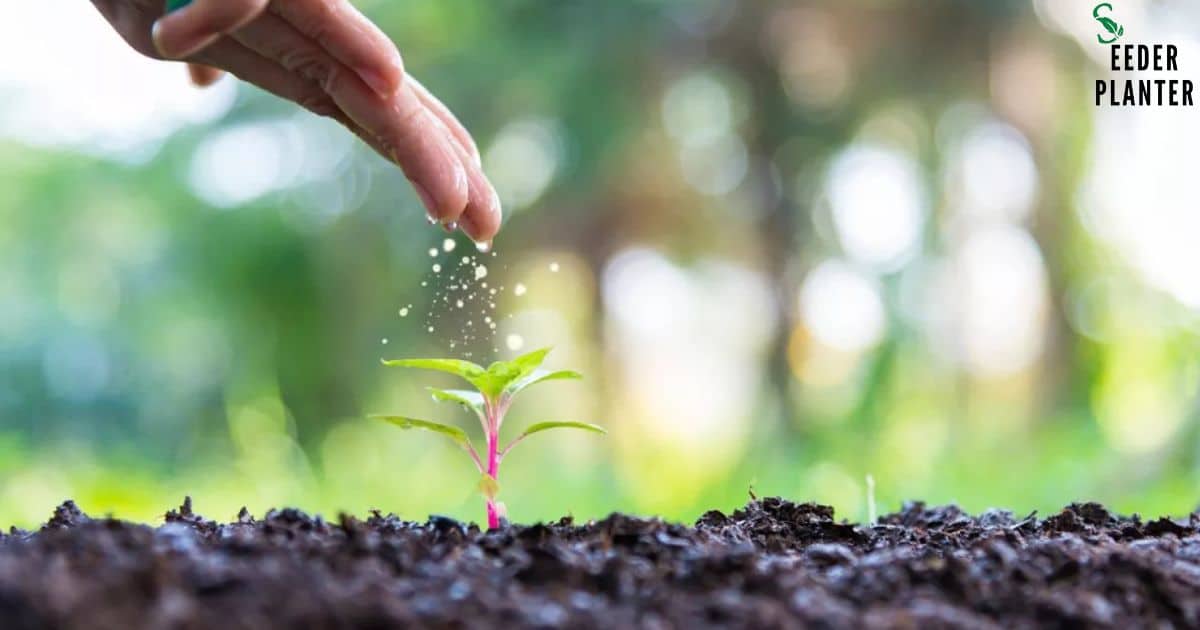


![Hollyhock Seeds: The Complete Guide to Success [2024]](https://seederabout.com/wp-content/uploads/2024/10/Hollyhock-Seeds-The-Complete-Guide-to-Success-2024-300x157.jpg)

